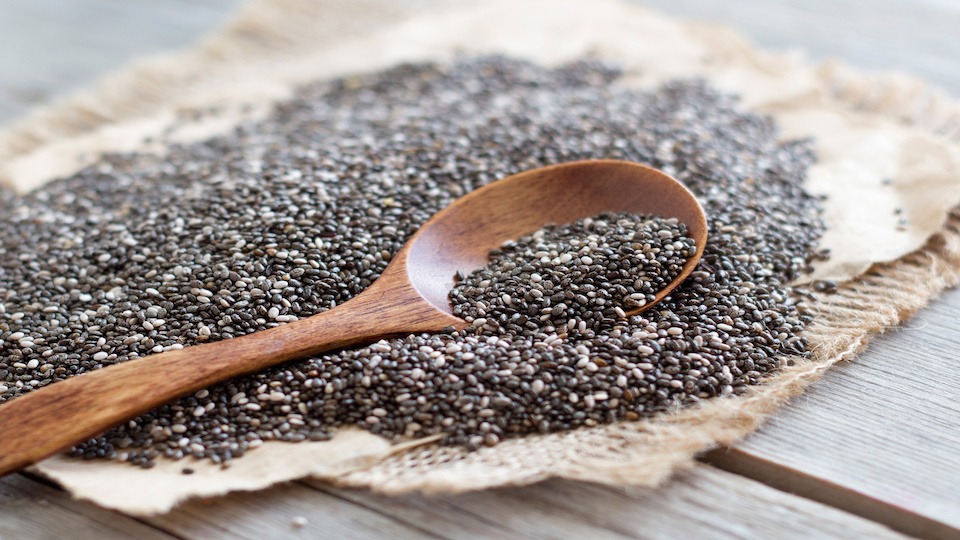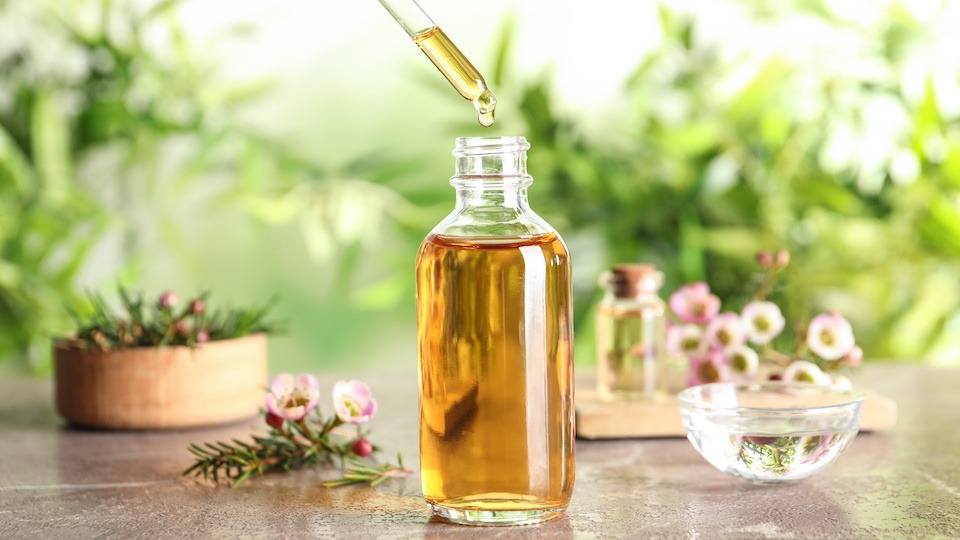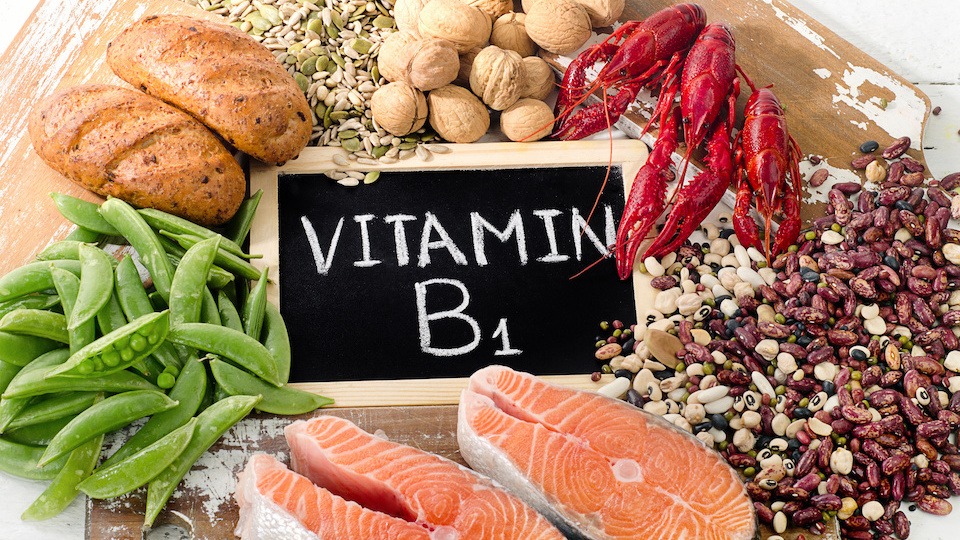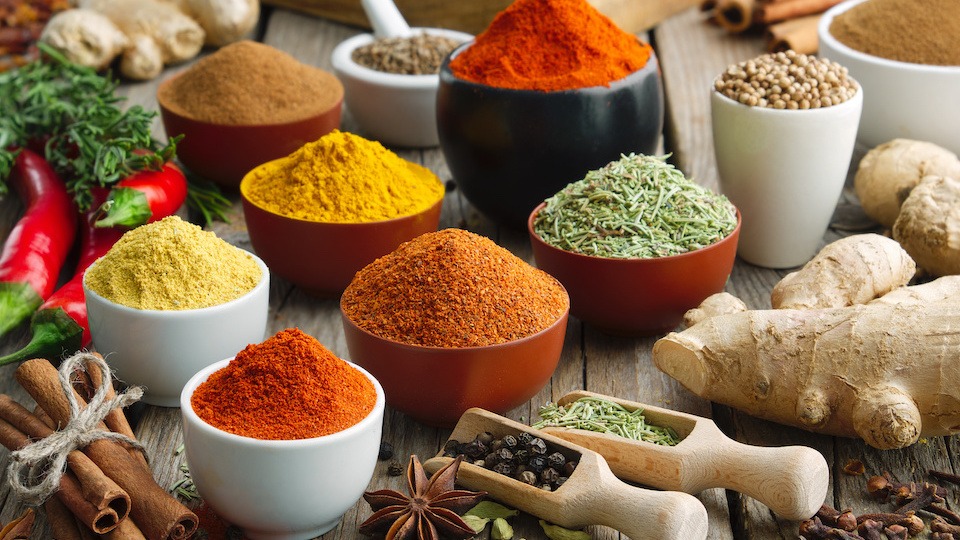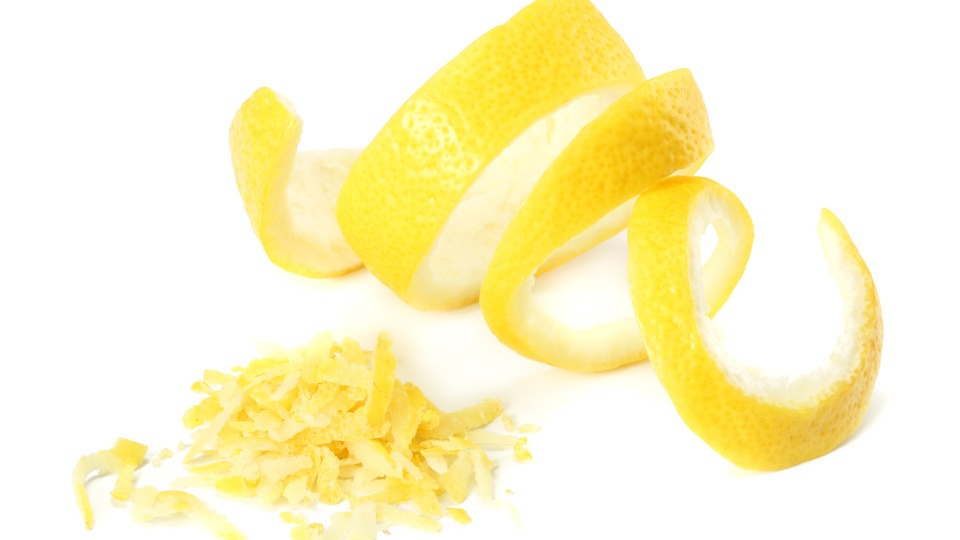The term “nuts and seeds” has a nice ring to it…and when I give nutritional advice to my patients and my readers…I often make a general statement about including more of both. But I have recently realized that I should probably be a bit more specific in my advice. Nuts and seeds may sound good together but a nut is different that a seed. Nutritionally speaking, nuts are technically a hard shelled fruit with an inedible shell. In contrast, a seed has a softer, fibrous edible shell. Both are nutritional powerhouses…but in this article, we’re going to shine the light on five super seeds and how you can include them in your diet.
Enjoy,
-JL
Bigger isn’t always better. These tiny seeds are far more than what they seem. If you’re looking for an easy way to boost your antioxidant intake, improve your dietary fiber, and even decrease your risk of heart disease…look no further. It’s time to add these supercharged seeds to your diet. They are yummy, portable, and veritable treasure troves of health benefits. What’s not to love?
Flaxseeds
Flaxseeds or linseeds contain lignans and other polyphenols, which are essential antioxidants that help ward off disease and aid in overall health. These seeds are also a great source of fiber and omega-3 fatty acids which work to reduce cholesterol and lower risk of heart disease. As if that weren’t already good enough, flaxseeds may have cancer prevention properties due to the lignans that mimic estrogen in the body.
How to eat:
-
- Since your body won’t break down whole flaxseeds in the digestive system, it is best to grind them before eating. Use a coffee grinder or purchase flaxseed meal.
-
- Add to smoothies to increase fiber
-
- Bake with flaxseed meal to create a hearty bread or dessert
-
- Use 1 Tbsp ground flaxseed and 3 Tbsp warm water as an egg substitute for vegan diets
- Always keep ground flaxseed in an airtight container in the fridge
Chia seeds
Chia seeds are perhaps the most popular of all the super-seeds. Their water retention capabilities and mild flavor make them an incredible pantry staple. Studies have shown that chia seeds are great for reducing blood sugar following a meal, as well. Plus, they have loads of iron, folate, calcium, magnesium, omega-3 fatty acids, and soluble fiber. In fact, they pack a serious fiber punch, with 10 grams of fiber in a just a 2-tablespoon serving. Eating chia seeds every day can help improve your gut health, prevent constipation, strengthen your bones, and prevent heart disease.
How to eat:
-
- Add to your water with some lemon juice and sip on it throughout the day.
-
- Make overnight chia seed pudding
-
- Put in a yogurt parfait along with fresh fruit
-
- Add to smoothies to make them more filling
- Sprinkle over a fresh salad
Sunflower seeds
Sunflower seeds aren’t just an excellent snack for that sporting event, day hike, or long car trip; they are incredibly healthy as well. One study of over 6,000 individuals showed that certain nuts and seeds, including sunflower seeds, had potent anti-inflammatory effects. Sunflower seeds are also rich in vitamin B and vitamin E and can encourage healthy skin, nails, and hair.
How to eat:
-
- Enjoy lightly salted sunflower seeds by cracking the shell with your mouth as a delicious snack
-
- Add shelled sunflower seeds to salads for a little crunch
- Use in stir-fries or other Asian-inspired cooking
Pumpkin seeds
If you have high levels of bad cholesterol, you may want to consider adding pumpkin seeds to your daily diet since they can decrease harmful cholesterol levels while improving good cholesterol. Pumpkin seeds are also high in healthy fat, protein, manganese, magnesium, and phosphorus. Unfortunately, most Americans don’t get enough iron in their diet, but pumpkin seeds can be a great way to improve this deficiency since just ¼ cup of these superseeds contains 16% of your daily iron needs.
How to eat:
-
- Roast fresh pumpkin seeds in the oven, sprinkle with sea salt and cinnamon and enjoy as a great fall snack
-
- Add to trail mix or homemade granola
-
- Sprinkle over oatmeal
- Garnish soup
Hemp seeds
Contrary to what many believe, hemp is not marijuana. Hemp is a member of the cannabis family, but adding a handful of hemp to your meal will not make you “high,” since these seeds don’t contain THC. Hemp seeds can be purchased in most health food stores and are a great source of protein and essential amino acids along with manganese, vitamin E, and magnesium.
How to eat:
-
- Toss them into a smoothie
-
- Add to salads
- Mix into baked good for added texture
What are your favorite ways to eat seeds? Let us know in the comments below.
-The UpWellness Team


